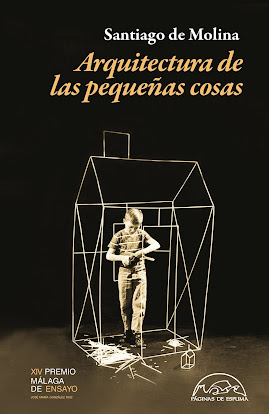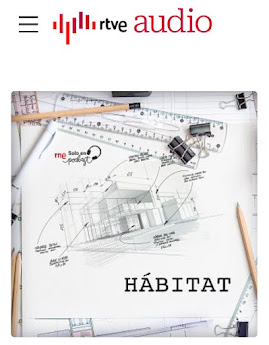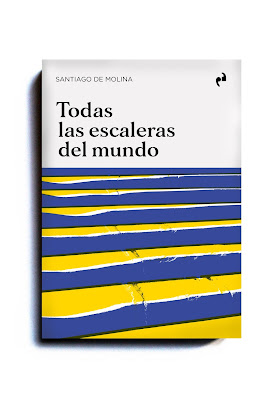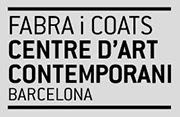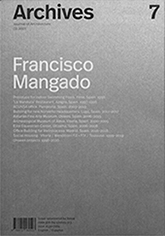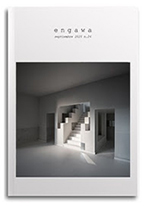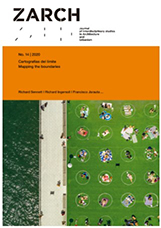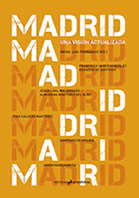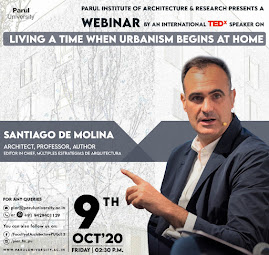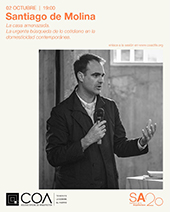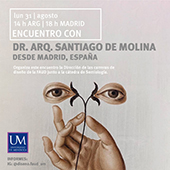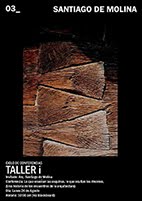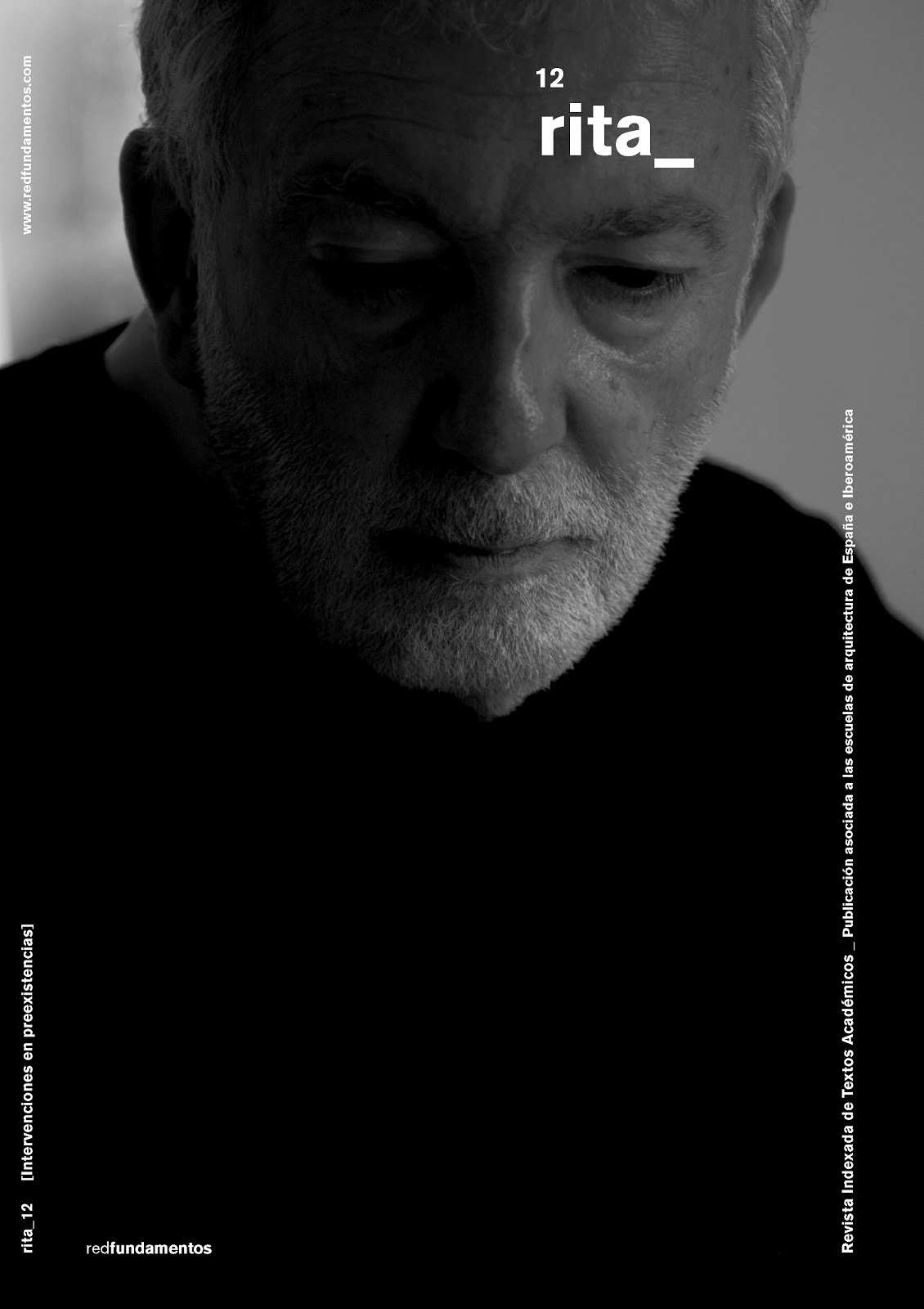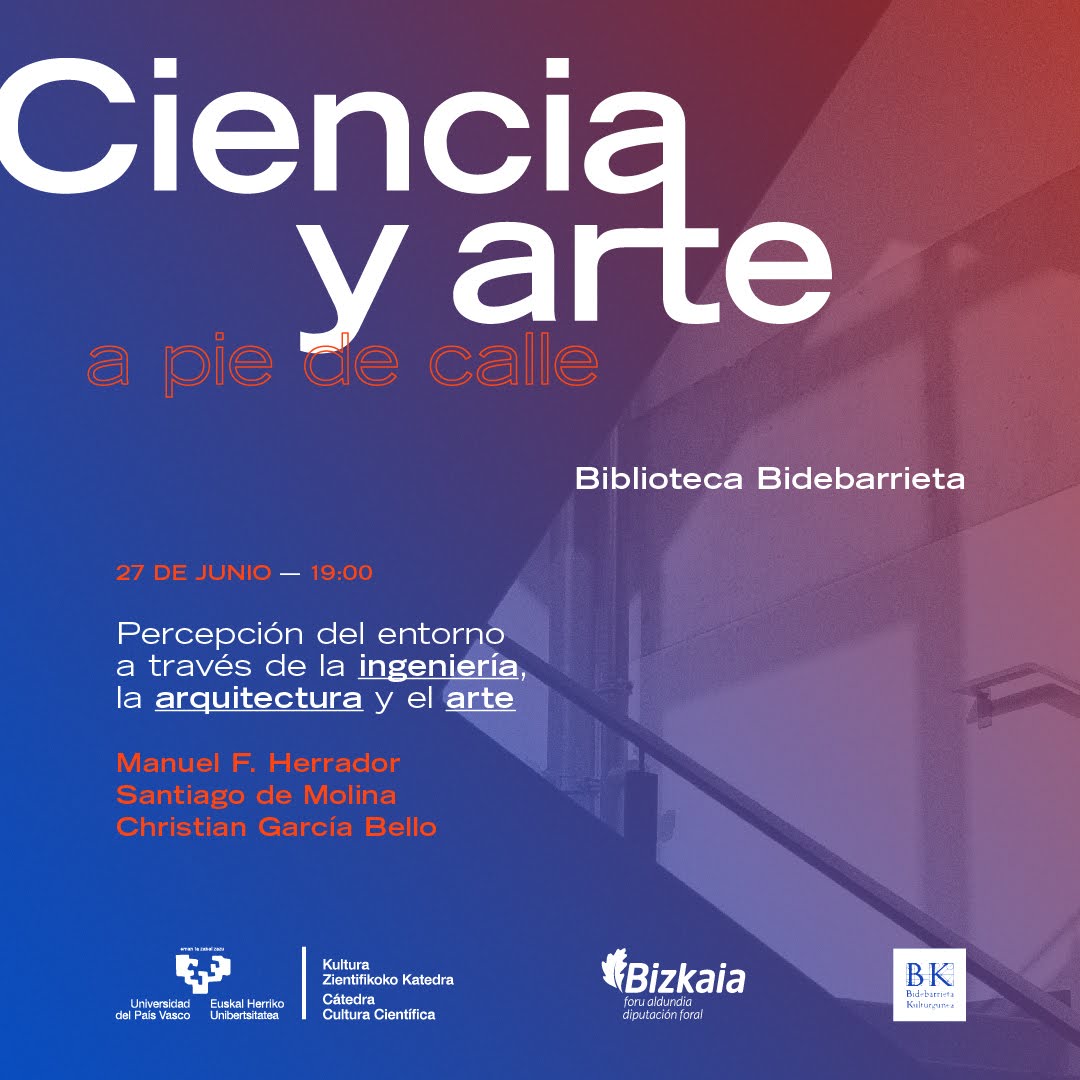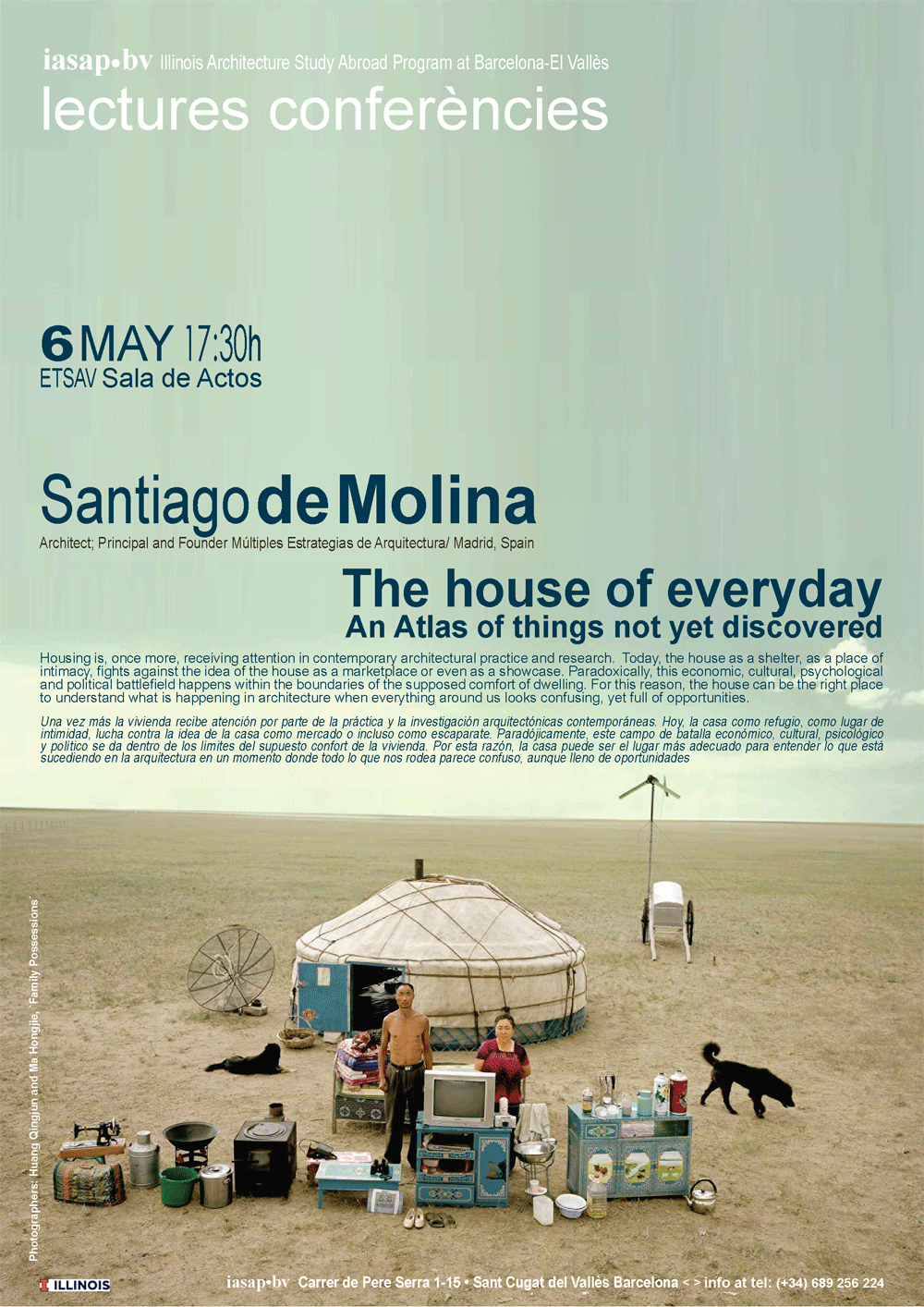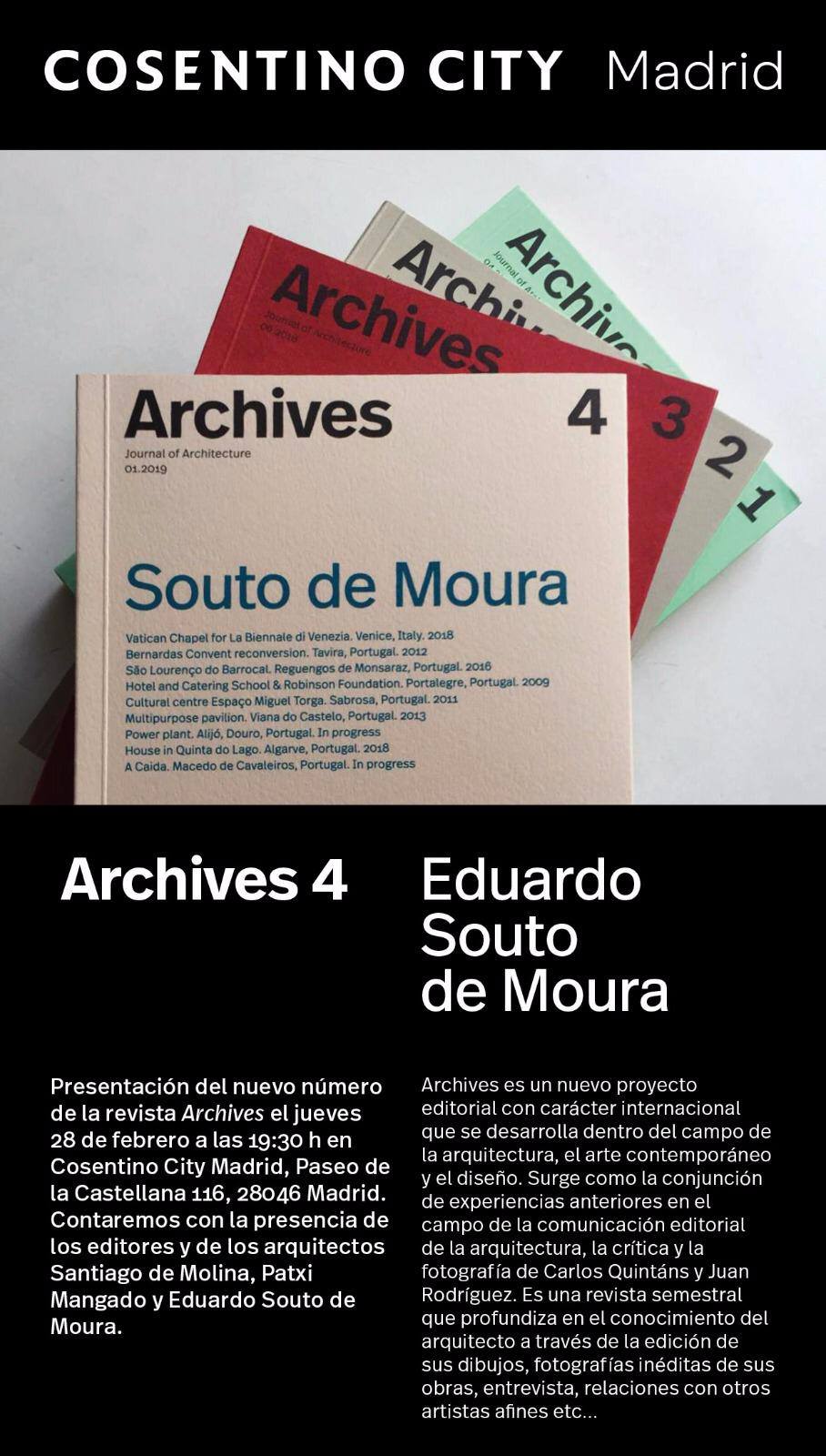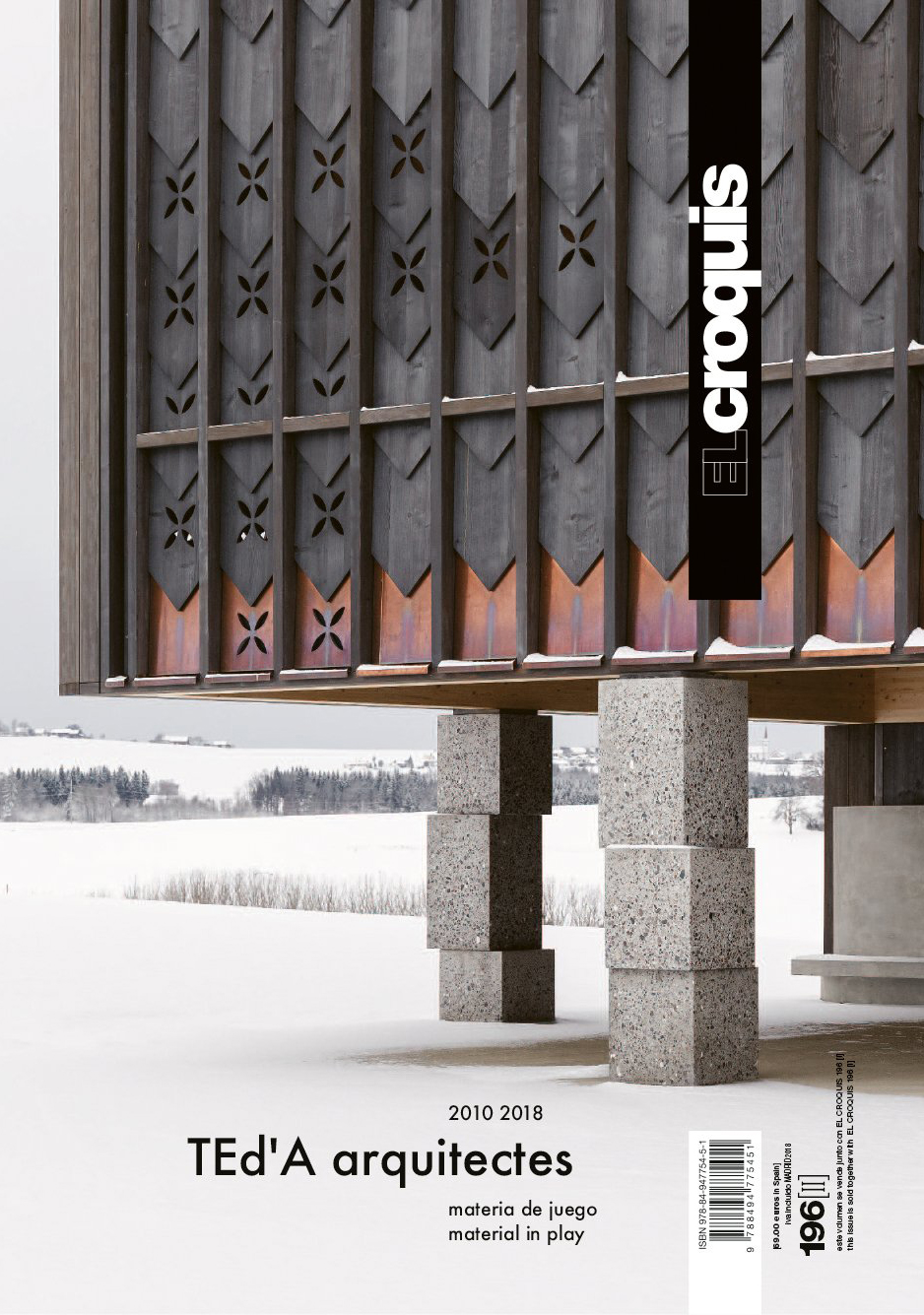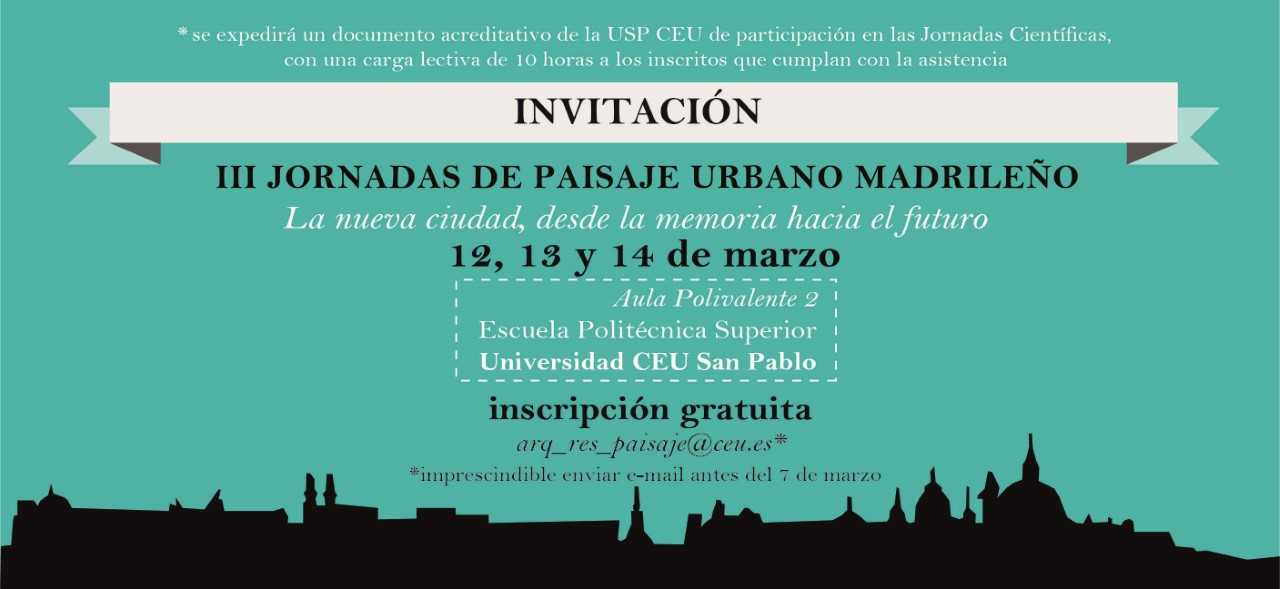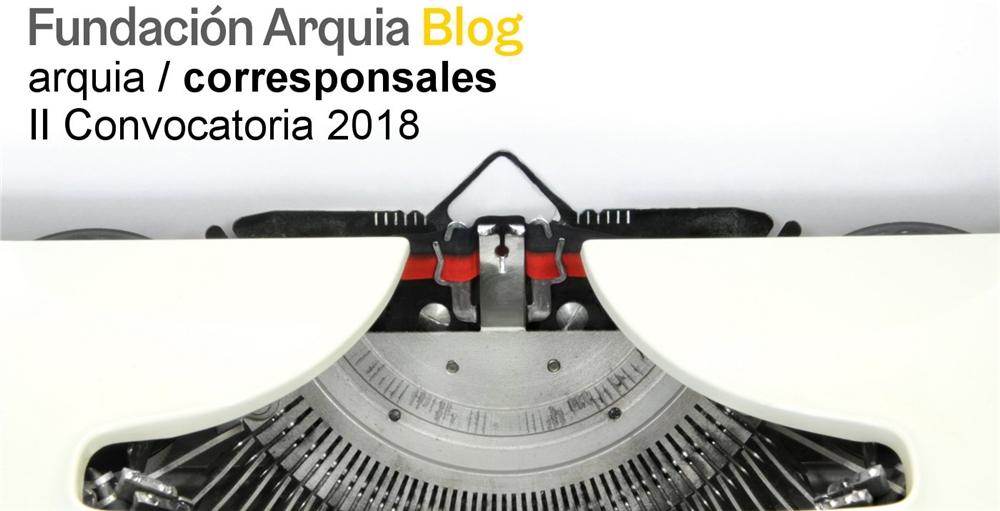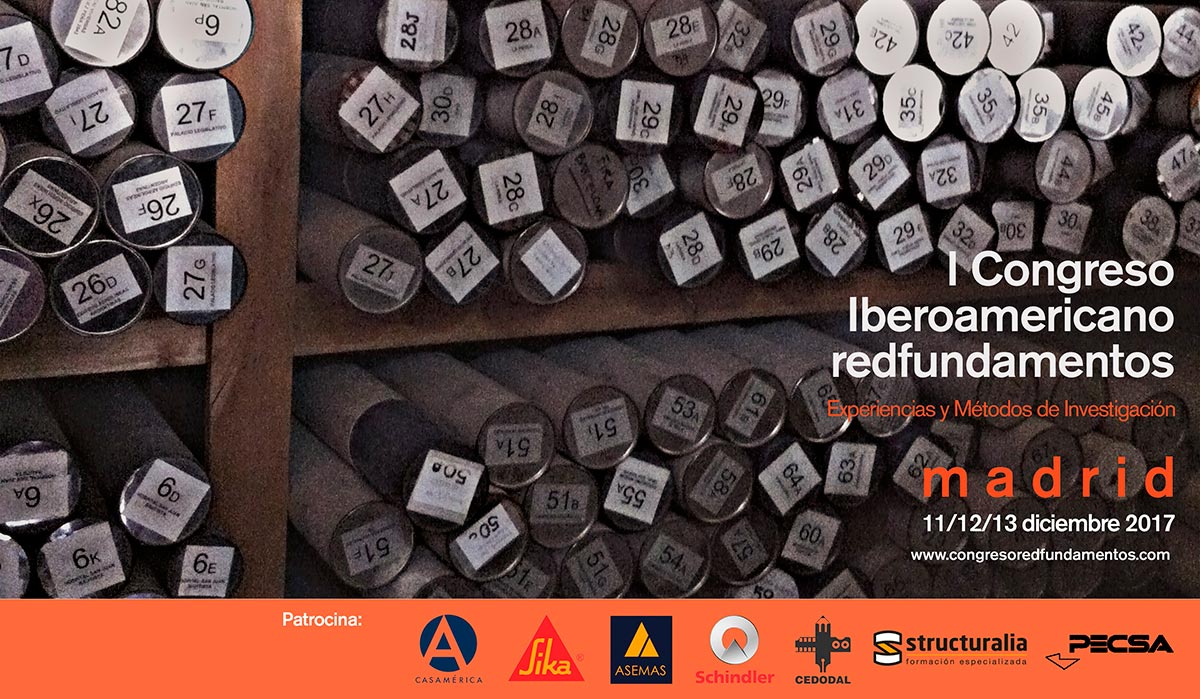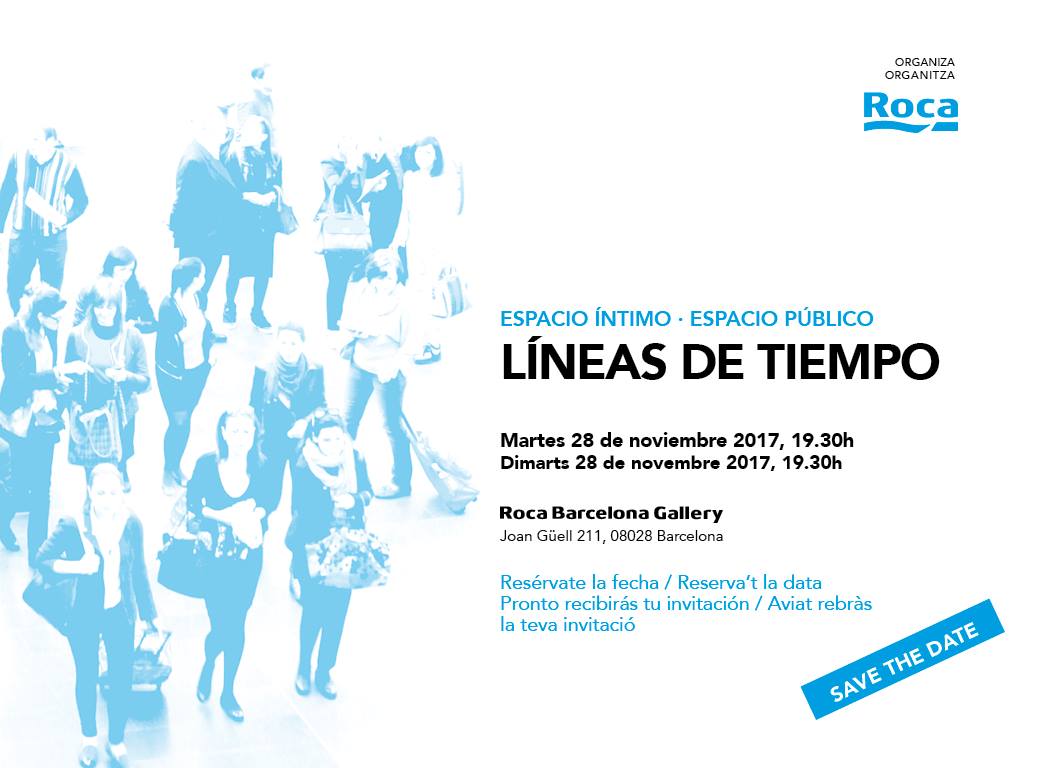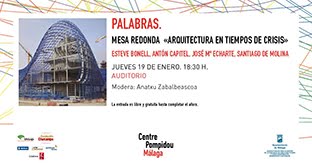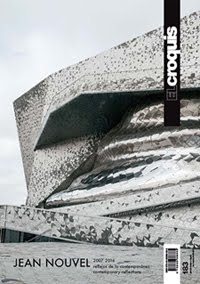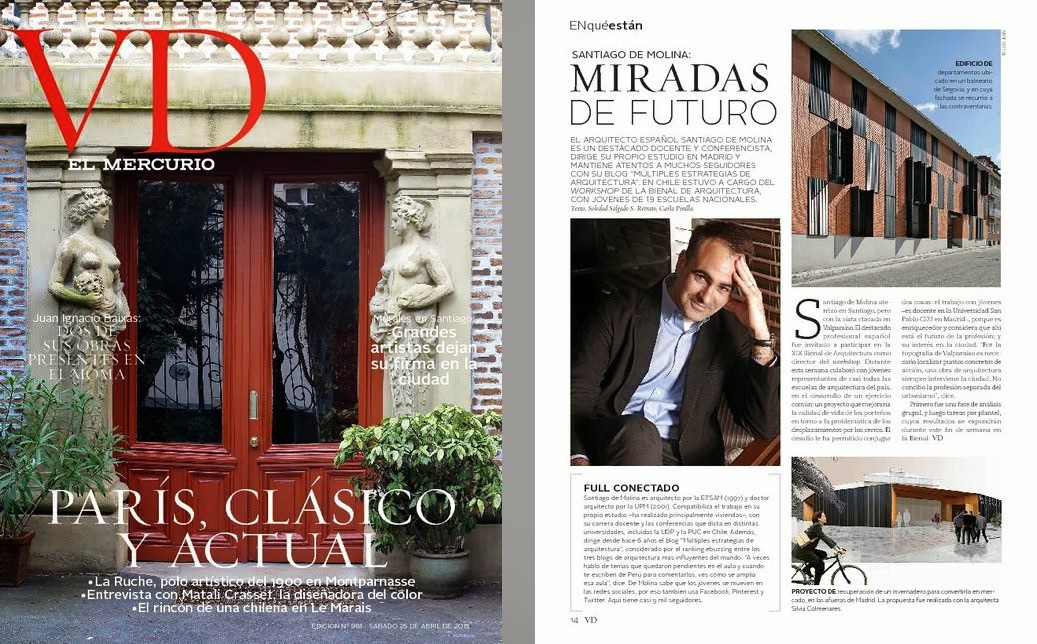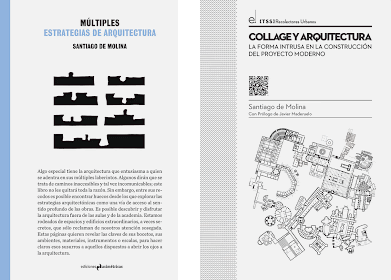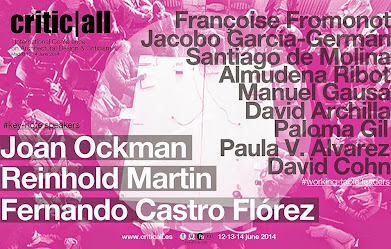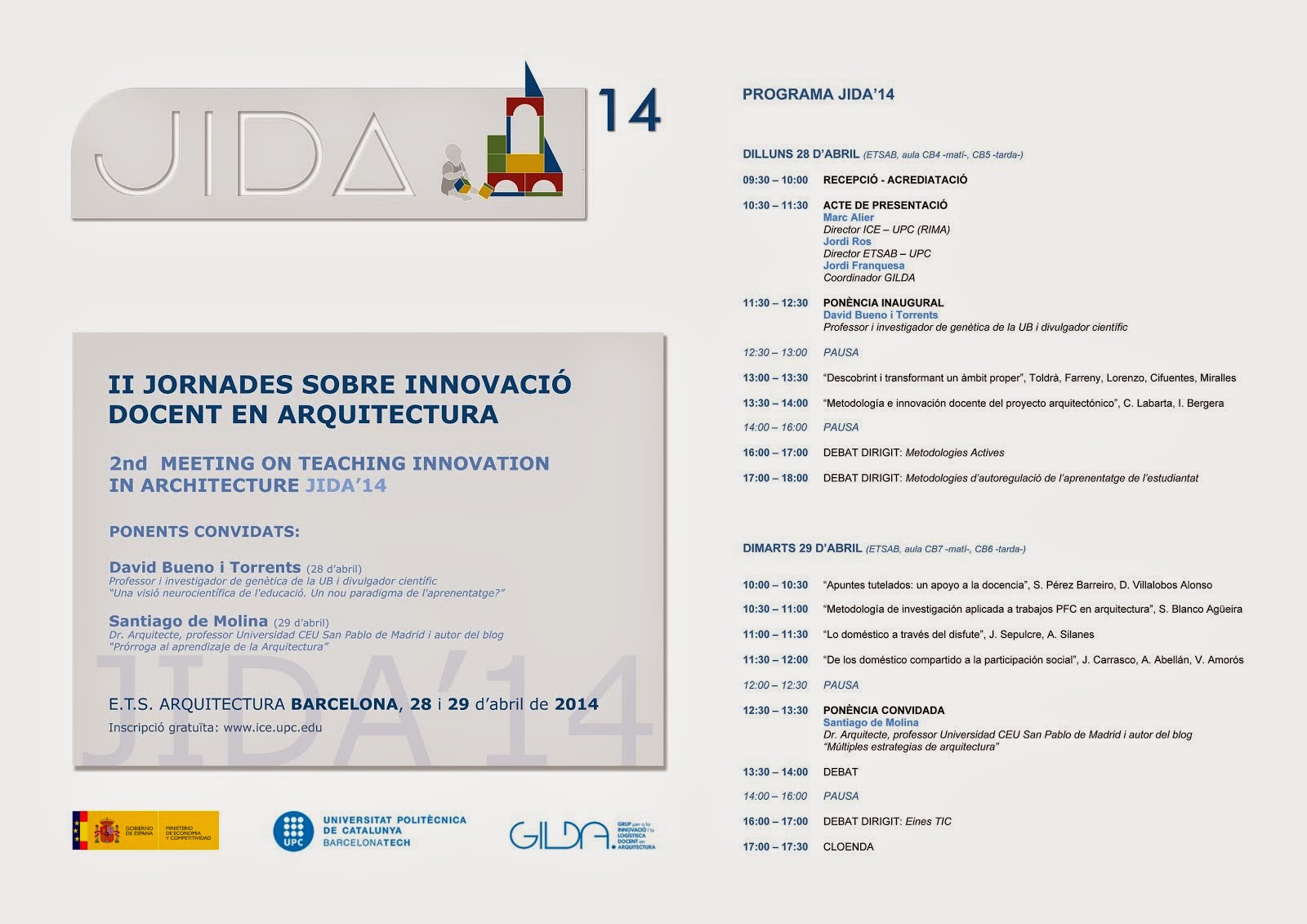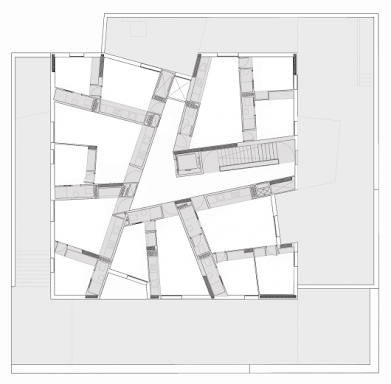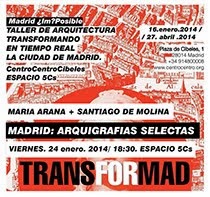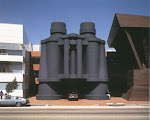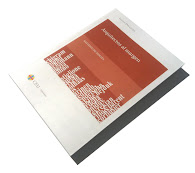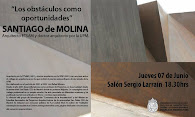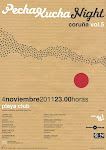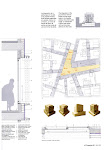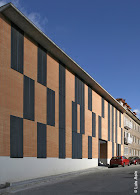Excepcional en todo, su mundo del añadido, que comparte con Schwitters y con Rauschenberg, es un mundo en el que las formas son "formas dispuestas". Los ejemplos son innumerables. Uno de ellos, no el más conocido, da pistas de la riqueza de su cosmología. La Casa Bofarull tiene, como en las mesas de después de comer de Spoerri, platos, vasos, restos de cerámica y hasta un porrón en la cubierta. Cuando solo le habían pedido retejar y poco más, el festival desplegado allí es una obra de un puro artista del collage, precisamente a la vez que nacía el collage. Entre las grietas rellenas con cemento del trencadís, parece la sustancia protagonista: el pegamento. Como todo en Jujol, la costura de las partes está oculta. Solo vemos objetos, formas, pero lo que verdaderamente importa es el conjunto, el potaje completo. En realidad "el todo" es lo protagonista.
Dicho con otras palabras, no hay nunca actores secundarios en la obra del arquitecto catalán. Todo es equivalente. Todo vale lo mismo: el oro y la basura, la marquetería y el tajo a hachazos de la madera. Toda forma es forma bien traída. Todo le vale aunque no todo vale. Todo oculta una magia independiente del tamaño y del precio... Todo es en Jujol maravilloso, todo maravilla. Por todo ello, para los arquitectos hijos de la modernidad (o de la posmodernidad), Jujol nos recuerda lo equivocados que estamos con nuestra seguridad sobre lo que es y no es arquitectura.
Exceptional in every aspect, his world of the addition, which he shares with Schwitters and Rauschenberg, is a world where forms are "arranged forms". The examples are countless. One of them, not the most well-known, gives clues to the richness of his cosmology. Casa Bofarull has, like Spoerri's after-dinner tables, plates, glasses, ceramic remnants, and even a porrón on the roof. When they had only asked him to re-roof and do a little more, the festival displayed there is the work of a pure collage artist, precisely at the same time that collage was being born. Among the trencadís filled with cement, the protagonist substance seems to be the glue. Like everything in Jujol, the sewing of the parts is hidden. We only see objects, forms, but what truly matters is the ensemble, the complete medley. In reality, "the whole" is what takes center stage.
In other words, there are never supporting actors in the work of the Catalan architect. Everything is equivalent. Everything holds the same value: gold and garbage, marquetry and rough-hewn wood. Every form is well brought. Everything is valid, although not everything is valuable. Everything hides an independent magic, regardless of size and price... Everything in Jujol is marvelous, everything is a marvel. That is why, for architects who are children of modernity (or postmodernity), Jujol reminds us of how mistaken we are in our certainty about what is and isn't architecture.























